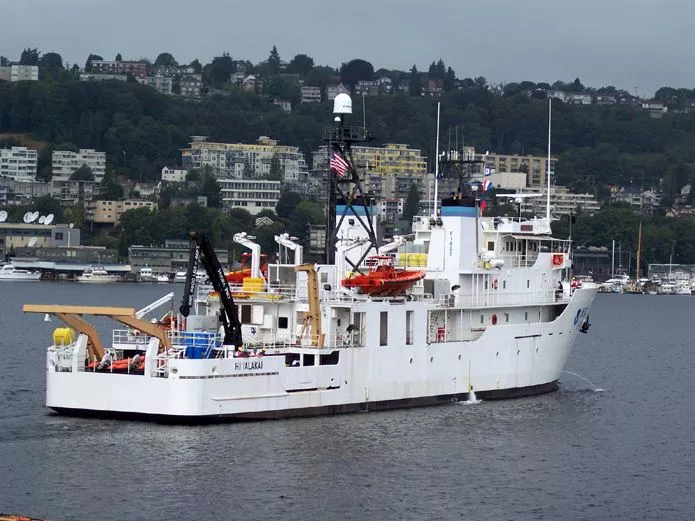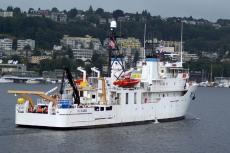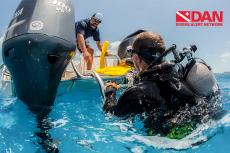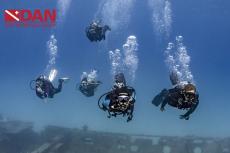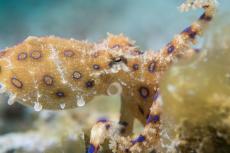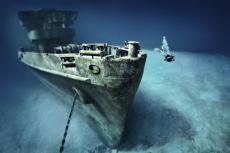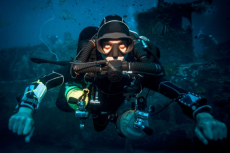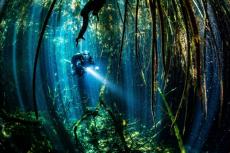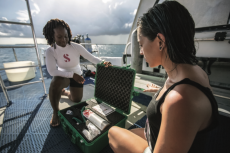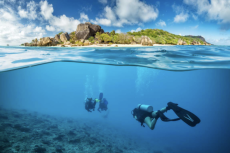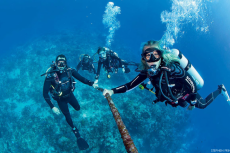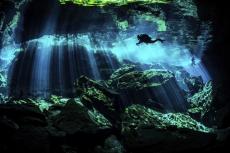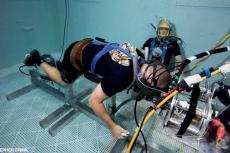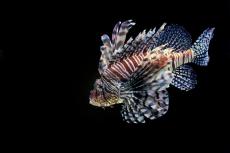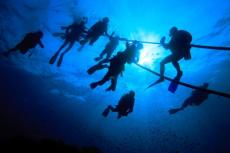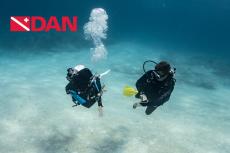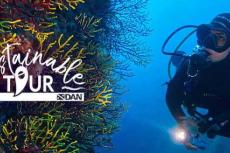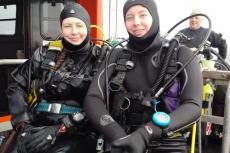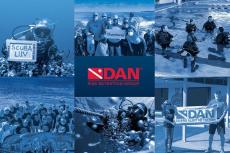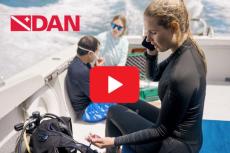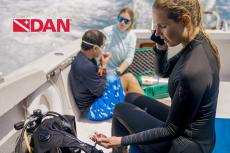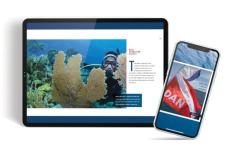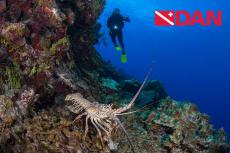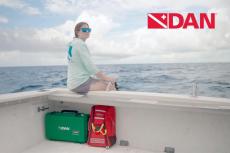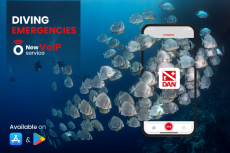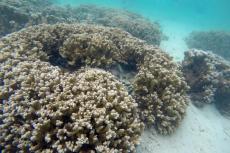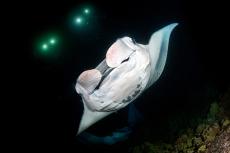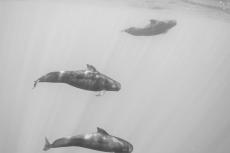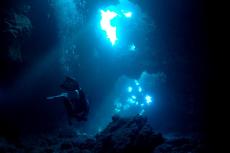Highest rates of unique marine species discovered in northwestern Hawaii
Returning from a 28-day expedition, scientists reported finding numerous species of marine life never seen before, including a possible new seahorse species and a sea star previously not found in Hawaii.
Using advanced diving technology to survey coral reefs at depths up to 300 feet, scientists could observe rarely seen ecosystems, during the expedition that took place aboard NOAA Ship Hi'ialakai within Papahanaumokuakea Marine National Monument in the northwestern Hawaiian Islands.
The fish surveys at these depths revealed an extremely high abundance of species found only in the Hawaiian Islands. At some of the deep reefs surveyed, 100 percent of the fishes recorded were endemic.
"This is the highest level of endemism recorded from any marine ecosystem on Earth," said Randall Kosaki PhD, NOAA's deputy superintendent of Papahanaumokuakea Marine National Monument and chief scientist of the expedition.
Seamounts
The team was the first to dive on several open-ocean seamounts in the monument, which were first mapped in 2014 and 2015. These undersea mountains rise from the floor of the ocean in 14,000 feet of water and summit within 200 to 300 feet of the surface.
Scientists collected specimens and photographs of the marine life at the seamounts, including potential new species of fish, algae and invertebrates. The specimens will be sent to various museums worldwide to confirm their identity.
"Discoveries of rare and unique species of marine life remind us why Papahanaumokuakea is so special and why we need to continue exploring, managing and protecting it," said Athline Clark, NOAA superintendent of Papahanaumokuakea Marine National Monument.
In addition to studying the monument's environment, the divers were themselves the subjects of a study to understand the effects of extreme dive exposures on human physiology. Neal Pollock, PhD, research director of Divers Alert Network, led a team that conducted ultrasound imaging of the divers' hearts after their return from the deep dives.
"We hope this information will better inform the algorithms used by dive computers to guide divers through gradual decompression from deep dives. We hope to make scuba diving safer for scientific divers as they expand our understanding of the oceans," said Pollock.
The scientific team included researchers from NOAA's Office of National Marine Sanctuaries, NOAA's Pacific Islands Fisheries Science Center, the Hawai'i Institute of Marine Biology, the Bernice P. Bishop Museum, and Divers Alert Network.
- Log in to post comments


